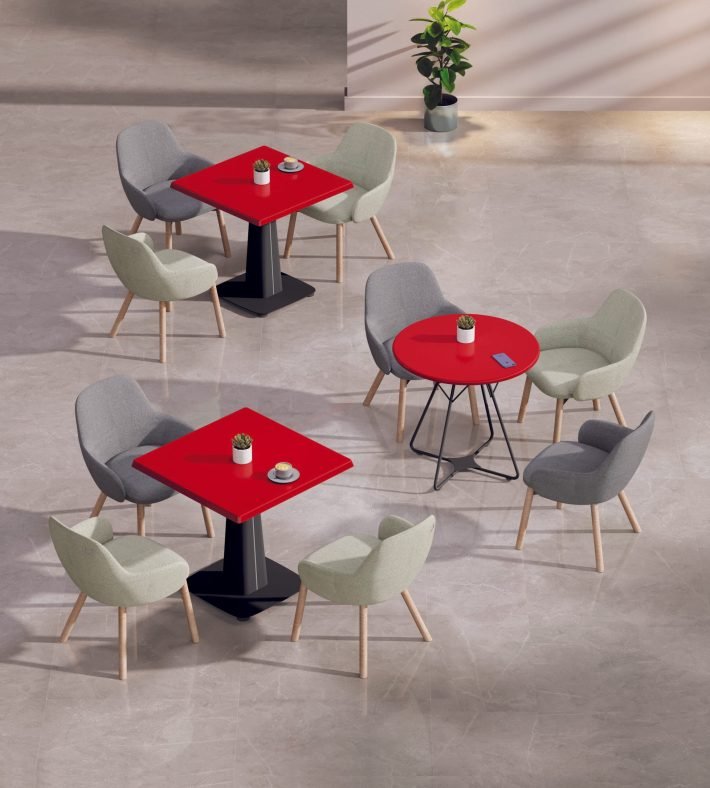Ar. Sumit Dhawan, Founder and Principal Architect at Cityspace82’ Architects writes about the pivotal role of material selection in architectural design. Read on to know more…
While selecting materials is essential, it is also important to maintain a balance between aesthetics and durability in design. Today, material selection platforms offer a comprehensive overview of every material which helps to make informed decisions. Going beyond the material catalogues, myriad platforms have gained traction, enhancing the overall process of design. From the evolution of these platforms to their impact on sustainability, every aspect brings benefits to modern architecture. In this article, let’s delve into the intricacies of material selection platforms, exploring how they influence architectural design.

Digital Revolution and Tools
The digital age has simplified the process of material selection. Digital catalogues have allowed architects to access a vast array of materials across the globe. Further, detailed specifications and user reviews become available, enhancing the decision-making process. Rising above the conventional, many material selection platforms integrate artificial intelligence and sustainability metrics. They provide information like lifecycle costs and aesthetic properties, making it the best fit for various projects. Additionally, advanced search functionalities, virtual reality (VR) and augmented reality (AR) tools enable architects to visualise materials in real time.

Balancing Aesthetics and Durability
Embedded within the context, it is essential to have a balance between aesthetics and durability. For aesthetic considerations, many platforms offer filter options based on texture and finishes. High-resolution images and 3D renderings help architects visualise how materials will look in different lighting conditions and settings. Furthermore, material selection platforms provide performance data and maintenance requirements. Architects can compare materials based on their technical specifications, for a resilient design. This information allows for informed choices with long-term performance and cost-effectiveness.

Exploring Sustainable Factors in Material Selection
Appropriate selection of materials leads to a sustainable design and a lower ecological impact. Material selection platforms provide sustainability criteria, ensuring that their choices align with green building standards and certifications such as LEED. Moreover, the Lifecycle Assessment (LCA) tool helps in evaluating the environmental impact of materials. Many material selection platforms incorporate LCA data, providing a view of a material’s environmental footprint. This information minimises negative environmental impacts and promotes resource efficiency.
Understanding the carbon footprint of materials is essential for reducing a building’s overall impact. Various platforms often include information on certifications and standards that materials meet. These certifications assure a material’s environmental credentials. Architects can prioritise materials that meet these standards, enhancing the sustainability of their projects.

Impact of Various Technologies
Technology has enhanced the selection process for designs. For instance, machine learning algorithms analyse data and offer personalised recommendations. These technologies consider project requirements and performance criteria to suggest materials. Further, VR enables one to experience the impact of material in a space, enhancing its usage. AR overlays information offering an idea of how it will look in a space. These technologies facilitate better decision-making by providing a realistic preview of the outcome.
BIM is one of the most efficient tools in material selection. It streamlines the selection process and offers a direct link to databases. Moreover, data analytics tools provide valuable insights into material performance and market availability. On the other hand, predictive analytics forecasts the performance of materials and helps architects choose materials that will perform optimally.
In essence, the choice of materials is an important consideration that can have a big impact on a project’s longevity and success. A structure that is both aesthetically pleasing and structurally solid must strike the correct balance between durability and aesthetics!















